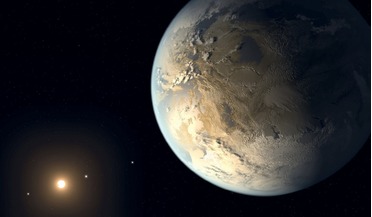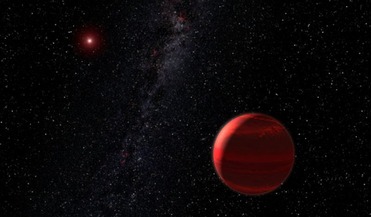 10 April 2017
Super-Jupiter mass planet found in the galactic bulge
10 April 2017
Super-Jupiter mass planet found in the galactic bulge
.... The massive planet, known as MOA-2016-BLG-227Lb, was discovered by the Microlensing Observations in Astrophysics (MOA) collaboration who used gravitational microlensing, a method which replies on light being ‘bent’ by massive objects in between...
 August 2018
Exoplanet census promises radical discoveries
August 2018
Exoplanet census promises radical discoveries
...the discovery and characterisation of the first Earth-like planets about other stars. Figure 2: The physics of gravitational microlensing. From left to right, a foreground planetary host star approaches precise alignment with a background source star...
 03 February 2020
Researchers discover "invisible" stars too dim to be seen
03 February 2020
Researchers discover "invisible" stars too dim to be seen
... years and getting in the way of the background star. The team found them through their gravitational microlensing effects. Microlensing is an effect that occurs when the gravity of a foreground object causes space-time to bend, magnifying something...